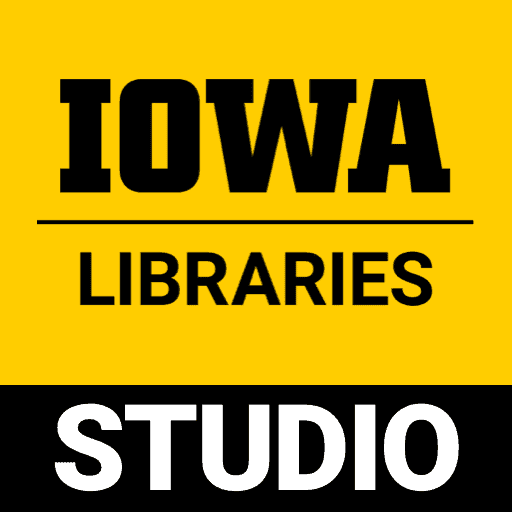At the beginning of the summer, my goal was to develop materials focused on the complexity of the Costa Rican national identity as expressed through music. I also wanted to learn the basics of a new video editing software. Specifically, I wanted to create video essays and a digital timeline about my topic.
At first the video editing software that I wanted to learn how to use was Adobe Premiere Pro, however I encountered issues trying to use the software. After a few weeks, I learned about DaVinci Resolve 17 a software that I could download for free, and it is used by the filmmaking industry. At this point I feel comfortable saying that I can edit and do some basic color correction using DaVinci.
As the summer progressed, I went through the different sources I had previously collected, and I also discovered new sources that complemented my research. All this information at times felt overwhelming, as I mentioned in my previous post. Once I narrowed the scope of my topic, I found myself questioning the roll that the Costa Rican National Symphony Orchestra has in crafting our national identity. I took that question and created the prompt for my first video essay “Why is the Costa Rican National Orchestra not playing Costa Rican music?” Which is a question that I have asked myself, I read authors trying to answer, and I have heard my peers make.
I organized the different information around this prompt to create an appealing narrative to my research. I found clear evidence that historically there has been a Eurocentric vision of music in Costa Rica. But I also discovered that there has been a change during the last ten years that I was unaware of. After discovering this, I decided to divide the information into two different videos that would replicate this change.
My answer to the question of “Why is the Costa Rican National Orchestra not playing Costa Rican music?” is that is was not created for that. The vision in the 1970s project was to create a national orchestra that played European music from the 18th-19th centuries. Therefore, there were two problems that did not allowed the orchestra to perform and premiere music from Costa Rican composers. The first problem was the music education program created at the time only prepared performers and did not include any other music professionals, such as composers. The second issue was the lack of budget to commission new works that could be then premiered by the orchestra.
Research shows that between 1971-2011 the orchestra has been playing a very repetitive and canonical repertoire center around European music. But in the last ten years the orchestra has recorded 6 albums, 4 of those are dedicated exclusively to Costa Rican music. Also, a different orchestra, the Symphony Orchestra of Heredia has dedicated two of their seasons to perform specifically Costa Rican and Latin American composers. This last orchestra has also recorded many albums, which are all focused on Costa Rican and Latin American music. Not surprisingly the musicians in this group are on average younger and the orchestra is catered to a different audience than the National Orchestra. All of which makes me claim that we are at the beginning of a new stage of orchestral music in Costa Rica.
I am currently finishing the editing process of my first video essay and working on the timeline. I am taking my time to have the final version of my materials, because I want to create something that is intelligible for the general audience and beneficial for the music community.
Working with the Studio has been an opportunity to create scholarly work that is fundamental to my professional future, this is a topic that I will further research along my career. The Fellowship itself feels as an interdisciplinary community where the wide range of fields that we come from is one of the main advantages. It allows us to engage in conversations in a setting that could not be replicated in each of our specific graduate programs. At the same time we are all finding creative and innovative outlets to present and share our work.
In the short term the next steps of my project are to finish the editing process, create some promotional short versions of the video for social media and publish my video on YouTube. The timeline will be incorporated to my website, and I am still debating if I should include a compilation of the sources that I discovered during this process so that other people interested in the topic can access those easily. In the long term I plan to finish the second video essay and possibly in future videos cover topics about Costa Rican music identity outside of classical music.
– Gabriel Sánchez Porras
